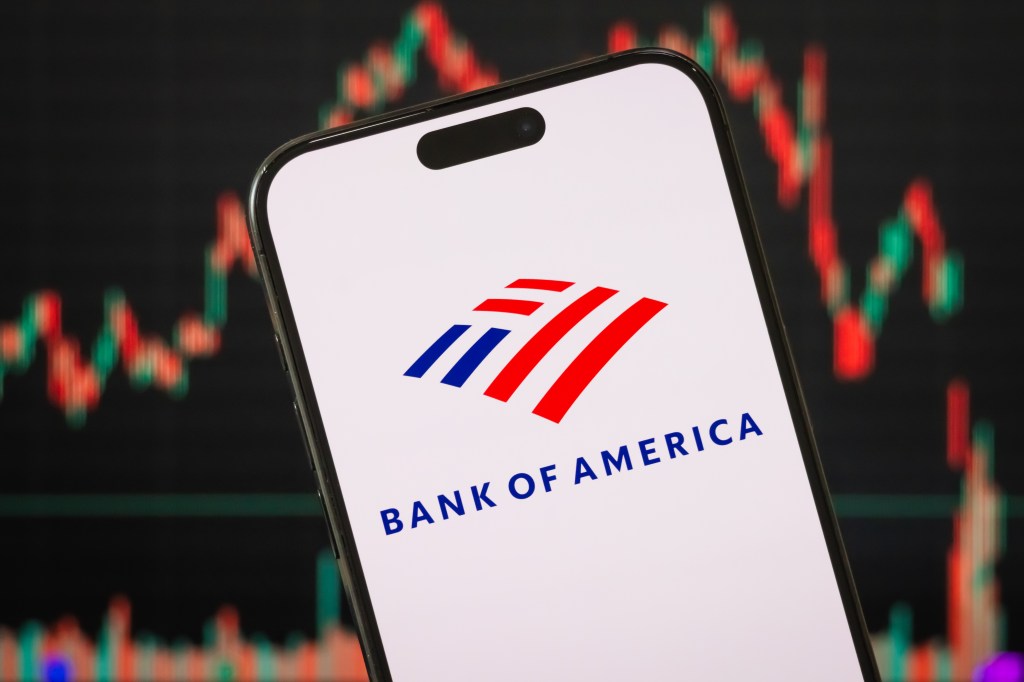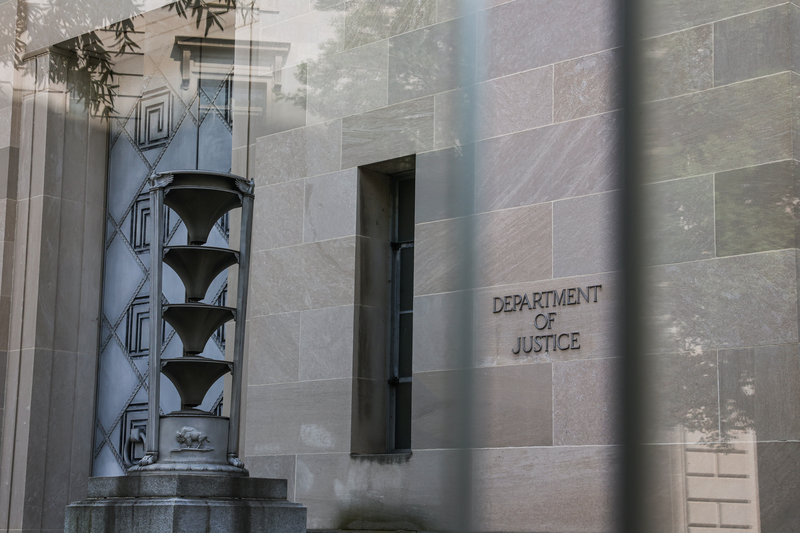Brazil officially declared bitcoin as a form of payment on Tuesday. The news comes as the country’s lower House of Congress approved a bill backing more crypto regulation following the collapse of FTX.
Crypto news site The Block said the bill could reach the president’s desk following “a series of legislative twists and turns spanning seven years”. The site added that “regulating the crypto industry is especially relevant in Brazil due to the size of the market and the number of scams the country has seen in recent years”.
ECB wades in
The news comes as the European Central Bank (ECB) declared bitcoin was “on the road to irrelevance”. In a blog post titled Bitcoin’s Last Stand, the ECB’s Director General and an adviser wrote “Bitcoin’s conceptual design and technological shortcomings make it questionable as a means of payment: real bitcoin transactions are cumbersome, slow and expensive. Bitcoin has never been used to any significant extent for legal real-world transactions.”. The post added that it was also not suitable as an investment and warned against regulation. “Since bitcoin appears to be neither suitable as a payment system nor as a form of investment, it should be treated as neither in regulatory terms and thus should not be legitimized”.
The blog post was at odds with ECB President Christine Lagarde’s comments on Monday that the sector needs to be regulated in the form of “MiCA II”, due to be implemented in 2024. We have contacted the ECB press office to clarify.
Store of value
But industry advocates still maintain Bitcoin’s place as a store of value. “Crypto markets remain one of the best places for investors to go when it comes to diversifying their portfolios. And, pleasingly, we are now seeing some long-awaited decoupling between crypto and the stock market, which is good news for everyone,” said one insider.
“Overall, there are plenty of reasons to be cheerful right now, and investors would be wise to keep a close eye on what’s going on rather than sit back and assume this bear is still hibernating. Looking at the history of bitcoin since its inception in 2009, we can see that bear markets tend to last around the year mark before we head into a bull market and the next “halvening”. This would put us on track for a bottom around about now, and an uptick to the halvening around May 2024 when the bull would start raging toward its next all time high”.













